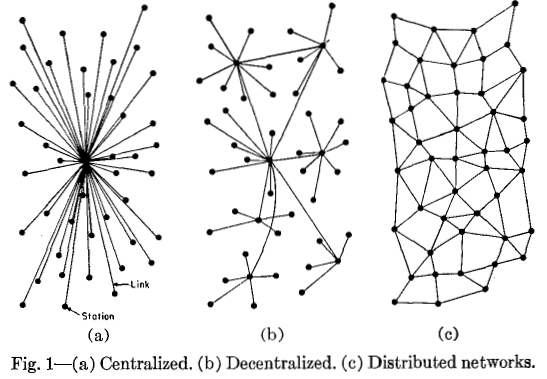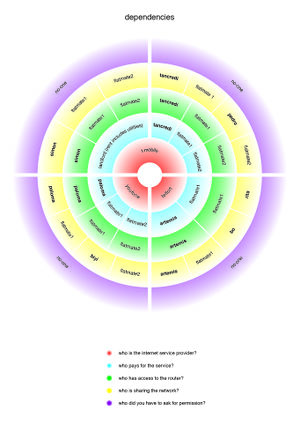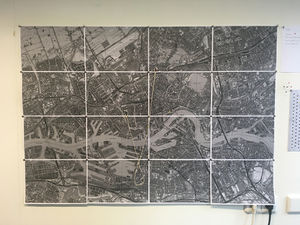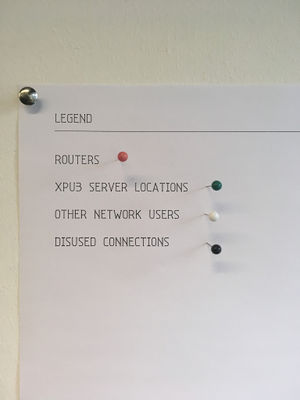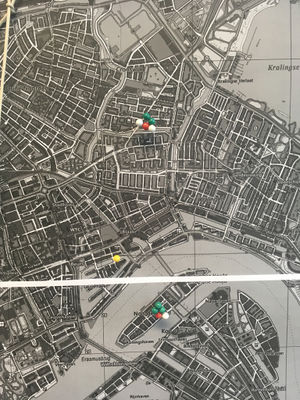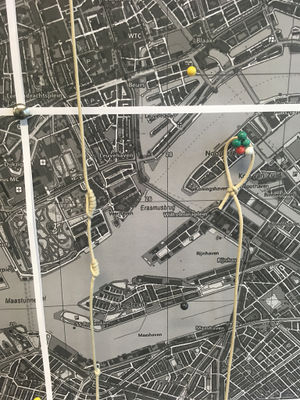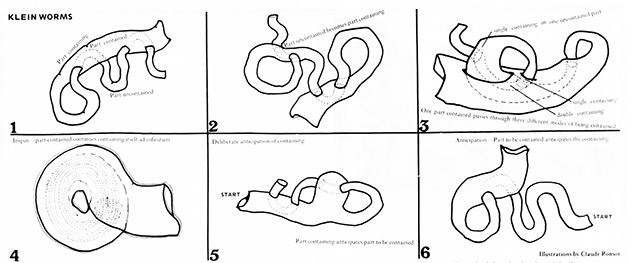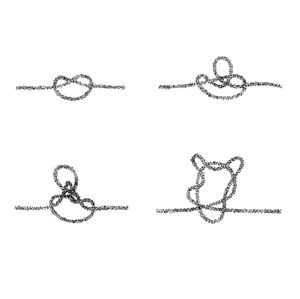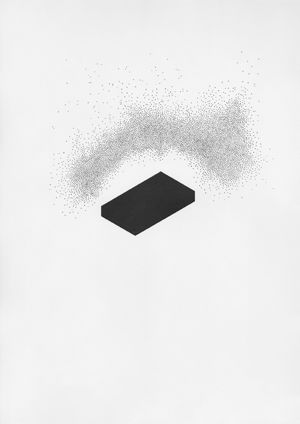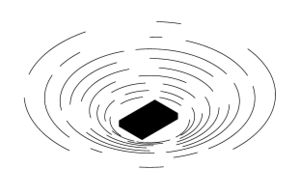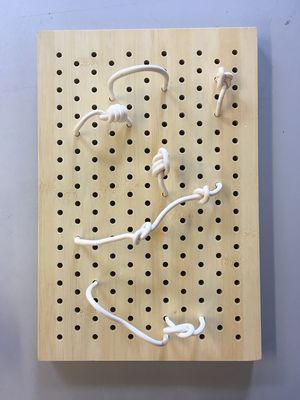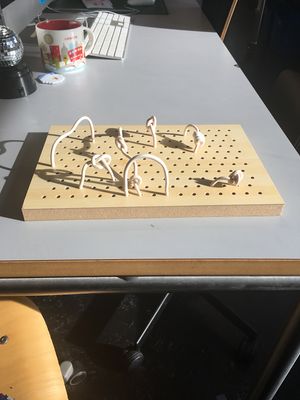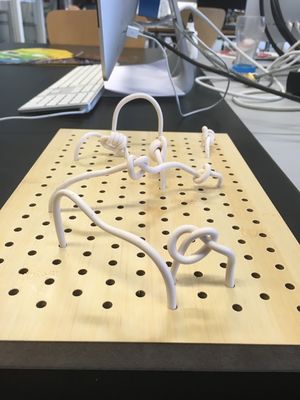User:Simon/Special Issue 8/summary first half trim: Difference between revisions
| Line 45: | Line 45: | ||
==Topology and Graphology== | ==Topology and Graphology== | ||
My research led me to discover the famous Seven Bridges of Königsberg (now Kaliningrad, Russia) problem, which prefigured topology and laid foundations for graphology (a graphic mapping of topologies). The problem asked how to devise a walk across these bridges, crossing each one only once. This was answered as impossible by Euler, who also demonstrated how the physical landscape could easily be abstracted into a graph. | My research led me to discover the famous Seven Bridges of Königsberg (now Kaliningrad, Russia) problem, which prefigured topology and laid foundations for graphology (a graphic mapping of topologies). The problem asked how to devise a walk across these bridges, crossing each one only once. This was answered as impossible by Euler, who also demonstrated how the physical landscape could easily be abstracted into a graph.<br> | ||
[https://en.wikipedia.org/wiki/Seven_Bridges_of_K%C3%B6nigsberg Seven Bridges of Konigsberg] | [https://en.wikipedia.org/wiki/Seven_Bridges_of_K%C3%B6nigsberg Seven Bridges of Konigsberg] | ||
[[File:Seven bridges koningsberg.png|frameless]] | [[File:Seven bridges koningsberg.png|frameless]] | ||
I also began to draw examples of network topologies based on the form of knots that I had explored with making of the physical map. I was interested in how the knots could represent physical, linear movements of data, but when in silhouette, resembled representations of distributed networks. | |||
[[File:Dot knots 01.jpg|frameless]] | |||
[[File:19 02 05 big dots knots.jpg|frameless]] | |||
[[File:Router wifi 01.jpg|frameless]] | |||
[[File:Circular signal.jpg|frameless]] | |||
==Modularity== | ==Modularity== | ||
Revision as of 11:44, 12 February 2019
Mapping network topologies
Paul Baran diagrams
We started with a reading of a text on centralised, decentralised, and distributed networks that included a diagram made by Paul Baran for the RAND corporation. This diagram displays classic ways to visualise these networks.
Dependency mapping task
As part of the Infrastuctour, when we set up our homeservers, I worked with another XPUB student to create a visualisation of the dependencies involved setting them up.
Physical map in XPUB studio
I made a map of the location of homeservers and routers, including the other (non-XPUB) network users as well as situations where it was not possible for XPUB students to connect their server to their home router, and so had to depend on others. I connected a piece of string I'd tied knots in to represent my external IP address for my home server, as a way to visualise the idea of connecting and also the route that a client follows when connecting to my website, which is in reverse from the way I would display my IP.
Collection of texts
I've begun collecting relevant texts to my research and creating html pages to store them on my website. This has been a useful way to develop my web design knowledge and skills as well as provide theoretical basis for the research I'm undertaking into network topologies.
Tung-Hui Hu: Truckstops on the Information Superhighway http://b-e-e-t.r-o-o-t.net/pages/truckstops_on_the_information_superhighway.html
Paul Rand: Cybernetic Guerilla Warfare (Radical Software 1.3) http://b-e-e-t.r-o-o-t.net/pages/cybernetic_guerilla_warfare.html
R. Buckminster Fuller: Software (Radical Software 1.1) http://b-e-e-t.r-o-o-t.net/pages/buckminster_fuller_software.html
These texts introduced me to alternative models for mapping topologies such as "klein worms", referred to in both Hui (2015) and Rand's (1970) texts. Klien worms are based on the klein bottle, which falls into the category of "topologically impossible" objects (such as moebius strips etc.).
Concept of paranode as suggested in Constant's Feminist Server Manifesto, and further explored by Zach Blas > I see paranode as a disruptive device, also not to do with physical devices (established as nodes, but instead on social and conceptual relations between people and the world)
Questions around mapping and autonomy vis a vis the map/territory problem & Hakim Bey's Temporary Autonomous Zones https://pad.xpub.nl/p/map_thoughts
Exploration of topology: Knot theory, Inca Quipu, Jacqueline de Jong's Situationist Times (particularly Issue 3: Topology), psychogeographic mapping of urban spaces as explored by SI derive
Topology and Graphology
My research led me to discover the famous Seven Bridges of Königsberg (now Kaliningrad, Russia) problem, which prefigured topology and laid foundations for graphology (a graphic mapping of topologies). The problem asked how to devise a walk across these bridges, crossing each one only once. This was answered as impossible by Euler, who also demonstrated how the physical landscape could easily be abstracted into a graph.
Seven Bridges of Konigsberg
I also began to draw examples of network topologies based on the form of knots that I had explored with making of the physical map. I was interested in how the knots could represent physical, linear movements of data, but when in silhouette, resembled representations of distributed networks.
Modularity
I began to make small sculptural models of theoretical network topologies out of polymer clay, which resembled mathematical knots.
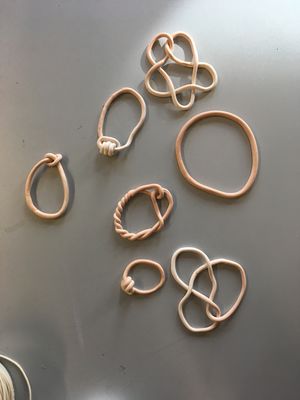
These developed into a model which incorporated a wooden board with regular holes drilled in it, kind of a static interface that these loops and knots could be inserted into, in a similar way to a modular synthesiser. This was partly inspired by a session in which artist Aditya Mandayam demonstrated use of the Plumbutter2, a modular synthesiser that comes with a manifesto and also represents a "map of Baltimore".

